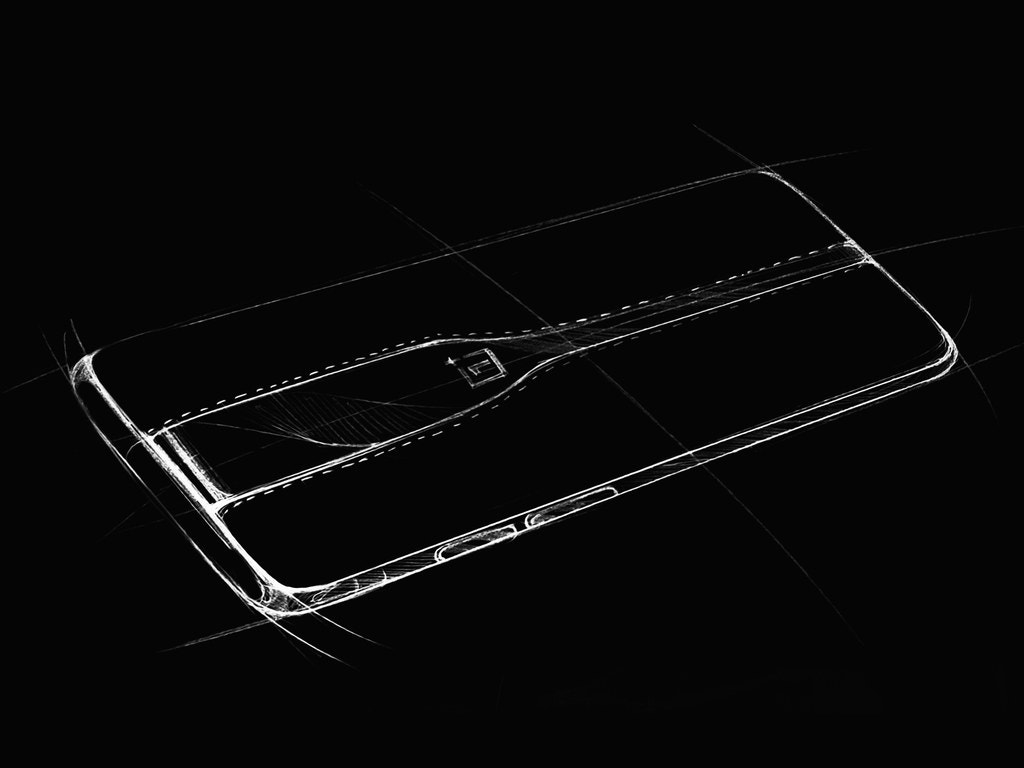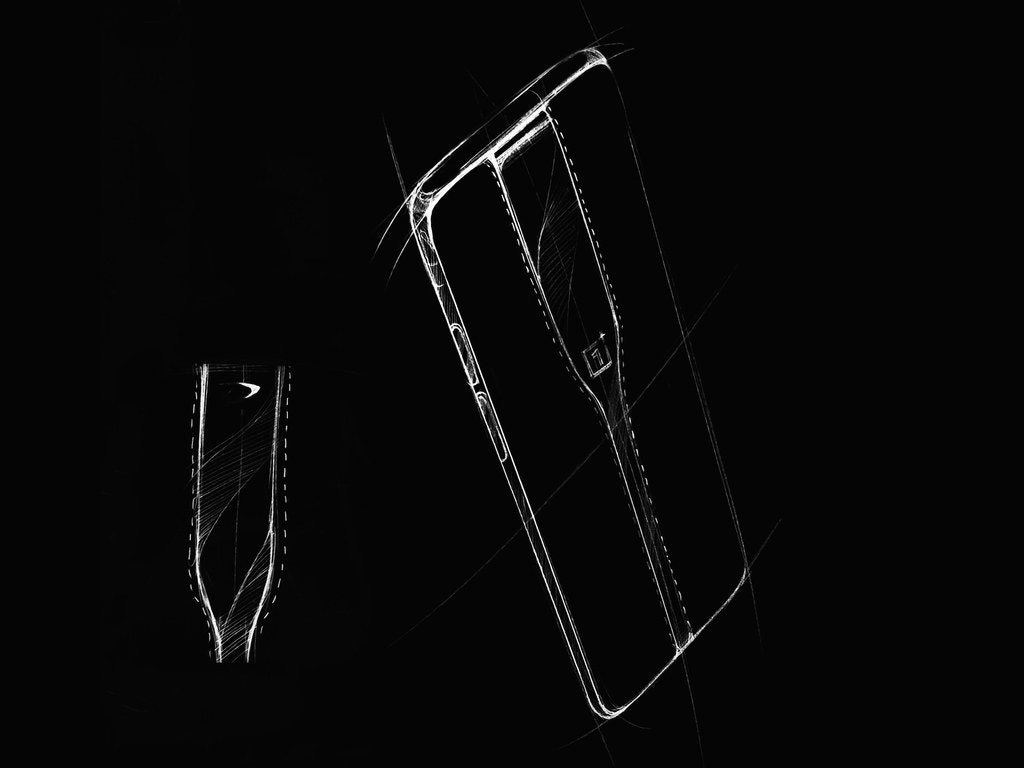Yesterday, OnePlus released a teaser video showing a feature of the OnePlus Concept One smartphone it wants to show off at CES 2020 next week. A part of the video showed the triple rear cameras of the phone invisible at first and then visible the next second. OnePlus said they were able to achieve that using color-shifting glass technology. Now there is an explanation of how the technology works.
How it works
In an exclusive story by Wired, we learn that the technology actually uses electrochromic glass. This special type of glass changes from opaque to transparent when a current is applied to the glass. It is used to make the sunroofs of some luxury cars, airplane windows and can even be found in some buildings where it is used as walls and windows. Now, OnePlus is bringing it to phones with help from McLaren.
The OnePlus Concept One has taken a piece of this special glass and used it to cover up the rear cameras of the phone. So at first look, the phone appears not to have cameras on the back but when you launch the camera app, a charge is sent to the glass that makes it transparent and then the sensors become visible. When you exit the app, the glass becomes opaque. It sure makes for a nice party trick, however, there is a lot of work behind it as well as challenges.
Challenges
First, OnePlus had to work on the time it takes for the glass to change between opaque to transparent. You don’t want to miss out on that perfect shot because the glass is yet to shift. For a company obsessed with speed, this is definitely a big deal but OnePlus’ CEO, Pete Lau, says the OnePlus Concept One is able to shift between opaque and transparent in less than a second.
Second, the glass requires power to function, so another thing they had to work on was how to minimize power consumption, so there is no impact on battery life.
Pete Lau said another challenge was the thickness of the phone as the electrochromic glass is said to require the addition of another material on the rear glass of the phone. They were able to do so successfully with just an increase of 0.1 millimeters to the overall thickness of the phone.
Last but definitely not least is reliability. No one wants a phone whose cameras can’t be used probably because there is an issue preventing the glass from shifting. It has also been reported that electrochromic glass can degrade after a number of years when switching between modes and is also not easily replaceable. OnePlus doesn’t really have to worry much since it says this is just a concept device and it has no plans to go into mass production anytime soon.
EDITOR’S PICK: 10 Chinese (and Taiwanese) products and technologies that failed

Design
The Wired post also revealed details about the OnePlus Concept One. A model that was on display at a briefing in San Francisco last month is reported to be covered in leather that has the same papaya-orange color MacLaren uses. However, the one we saw in the teaser video appears to be all glass.
Based on some sketch diagrams of the product, the OnePlus Concept One appears to have a display unlike the curved one in the teaser video.

The OnePlus Concept One is said to have the same rear camera specifications as the OnePlus 7T Pro McLaren Edition. That means it has a 48MP primary rear camera paired with an 8MP telephoto camera and a 16MP ultrawide angle camera. The electrochromic glass technology covering the cameras is the same used as an option for the McLaren 720S and the 2018 McLaren 570GT.
According to Xi Zeng, creative director at OnePlus, it was the McLaren 720S they saw on a tour of McLaren’s headquarters that inspired them to bring the technology to phones. By the end of 2018, there was a dedicated group of engineers working on the project already.
It remains to be seen if the mobile industry will adopt the use of electrochromic glass but it is interesting to see OnePlus is experimenting with a new design.
UP NEXT: OnePlus rolls out Android 10 updates for OnePlus 6 and 6T for the third time







